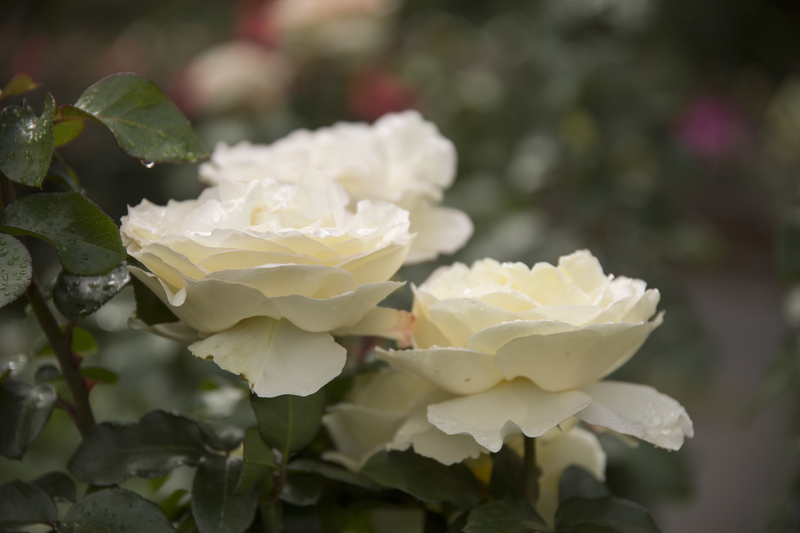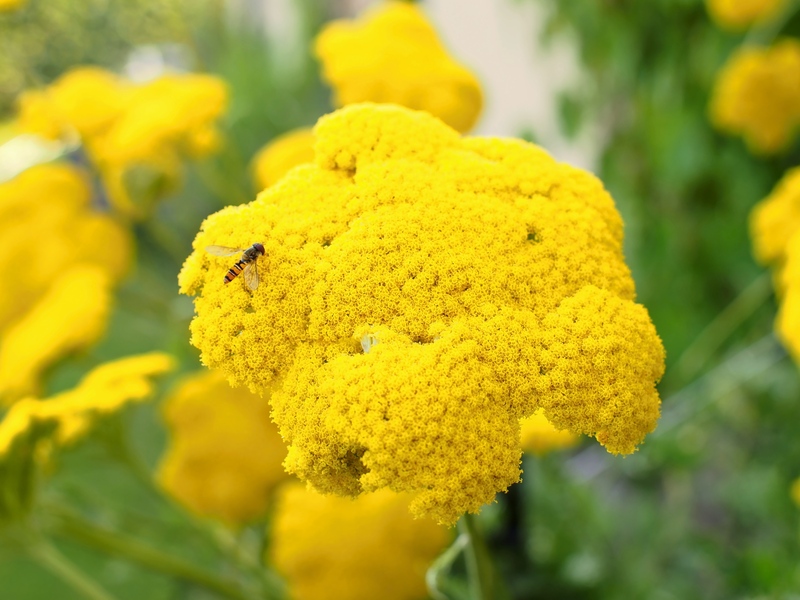Creating a Transportable Garden
Posted on 03/09/2025
Gardening has long been a favorite pastime for many, offering a therapeutic retreat and a way to connect with nature. However, for those who find themselves frequently on the move or living in temporary accommodations, establishing a stable garden can be challenging. This is where the concept of a transportable garden comes into play. By creating a garden that can move with you, you ensure that your green thumb can flourish, no matter where you are.
What is a Transportable Garden?
A transportable garden, as the name suggests, is a garden designed to be easily movable. It's an innovative solution for those who may need to relocate frequently, such as renters, students, or anyone who desires flexibility and mobility. These gardens can range from simple container setups to more complex vertical gardens and raised beds on wheels.

Choosing the Right Containers
The first step in creating a transportable garden is selecting the right containers. Here are a few options you might consider:
- Pots and Planters: These are the most common choices. Ensure they have good drainage and are not too heavy to move.
- Grow Bags: Made of fabric, these are lightweight and breathable, aiding root health.
- Vertical Garden Planters: These can be mounted on walls or come in free-standing units, making them easy to transport.
Soil and Plants
Choosing the right soil and plants is crucial for the success of a transportable garden. Go for a high-quality potting mix that holds moisture but drains well. As for plants, select varieties that adapt well to containers:
- Herbs: Basil, thyme, and mint are great choices.
- Vegetables: Tomatoes, peppers, and lettuce thrive in pots.
- Flowers: Marigolds, petunias, and pansies add color and beauty.
Mobility Tips
To ensure that your garden remains truly transportable, consider these tips:
- Use Lightweight Materials: Opt for plastic or fabric containers instead of ceramic or terracotta.
- Add Wheels: Place pots on wheeled plant stands to make moving them easier.
- Keep it Compact: Group smaller pots together in larger trays for easier relocation.
Maintenance and Care
Transportable gardens, while convenient, still require diligent care:
- Watering: Ensure that your plants receive adequate hydration, especially during relocations.
- Feeding: Use liquid fertilizers to provide essential nutrients.
- Pruning: Regularly trim your plants to keep them healthy and manageable.
Pros and Cons of a Transportable Garden
Pros:
- Flexibility to move your garden as needed
- Ideal for renters or those with limited space
- Allows for seasonal relocations to optimize sunlight and temperature
Cons:
- Can be labor-intensive to move frequently
- Limited space for plant growth
- Possible stress on plants during relocations
Tips for Success
- Start with smaller, more manageable plants.
- Use high-quality soil to ensure plant health.
- Monitor and adjust watering schedules as needed.

Takeaways
Creating a transportable garden allows you to enjoy the benefits of gardening no matter where you live. By selecting the right containers, soil, and plants, and by following essential care and mobility tips, you can build a thriving garden that's as flexible as your lifestyle.
Conclusion
A transportable garden offers a unique solution for those who love gardening but require flexibility and mobility. By carefully selecting your containers, choosing suitable plants, and adhering to tailored care practices, you can create a flourishing garden that moves with you. While it does come with its set of challenges, the benefits of having a personal, portable green space are well worth the effort.




